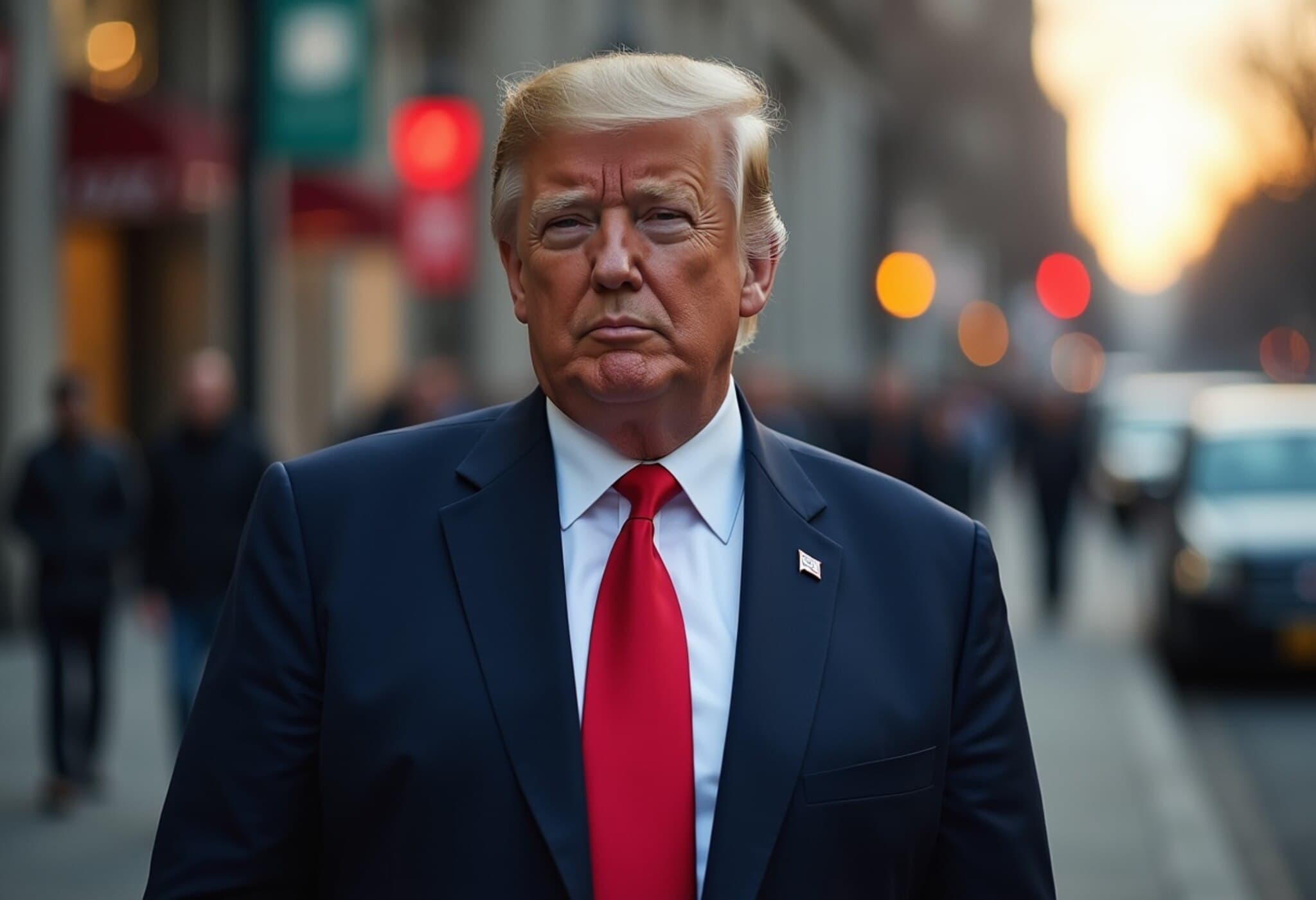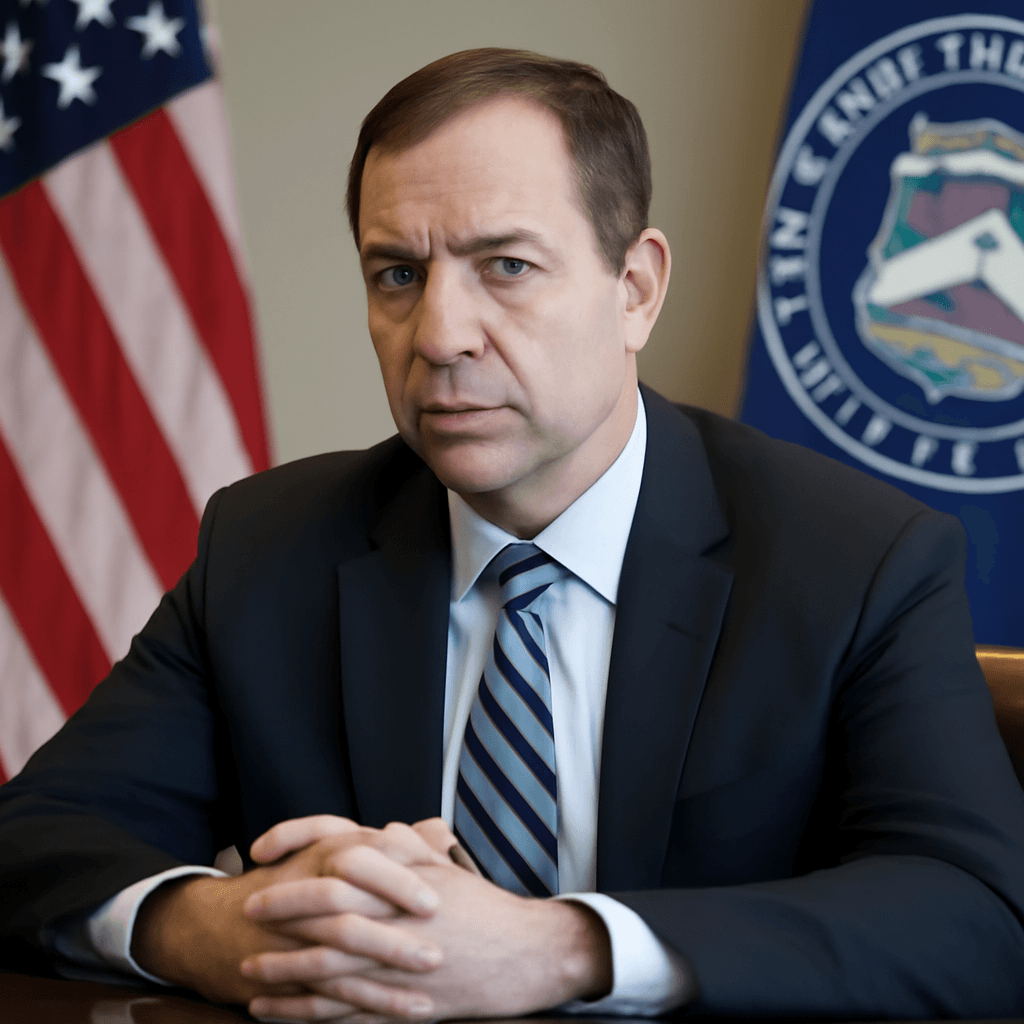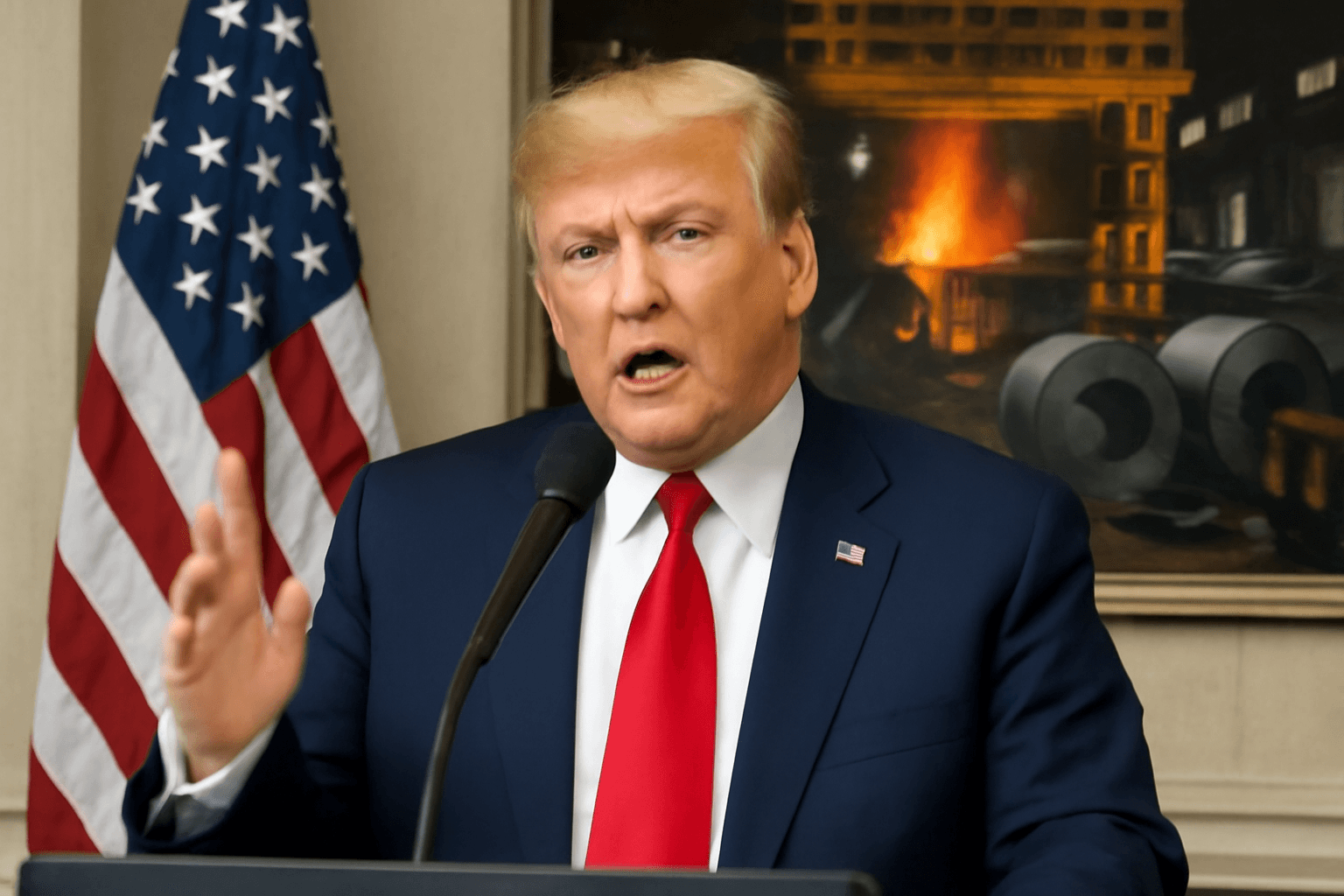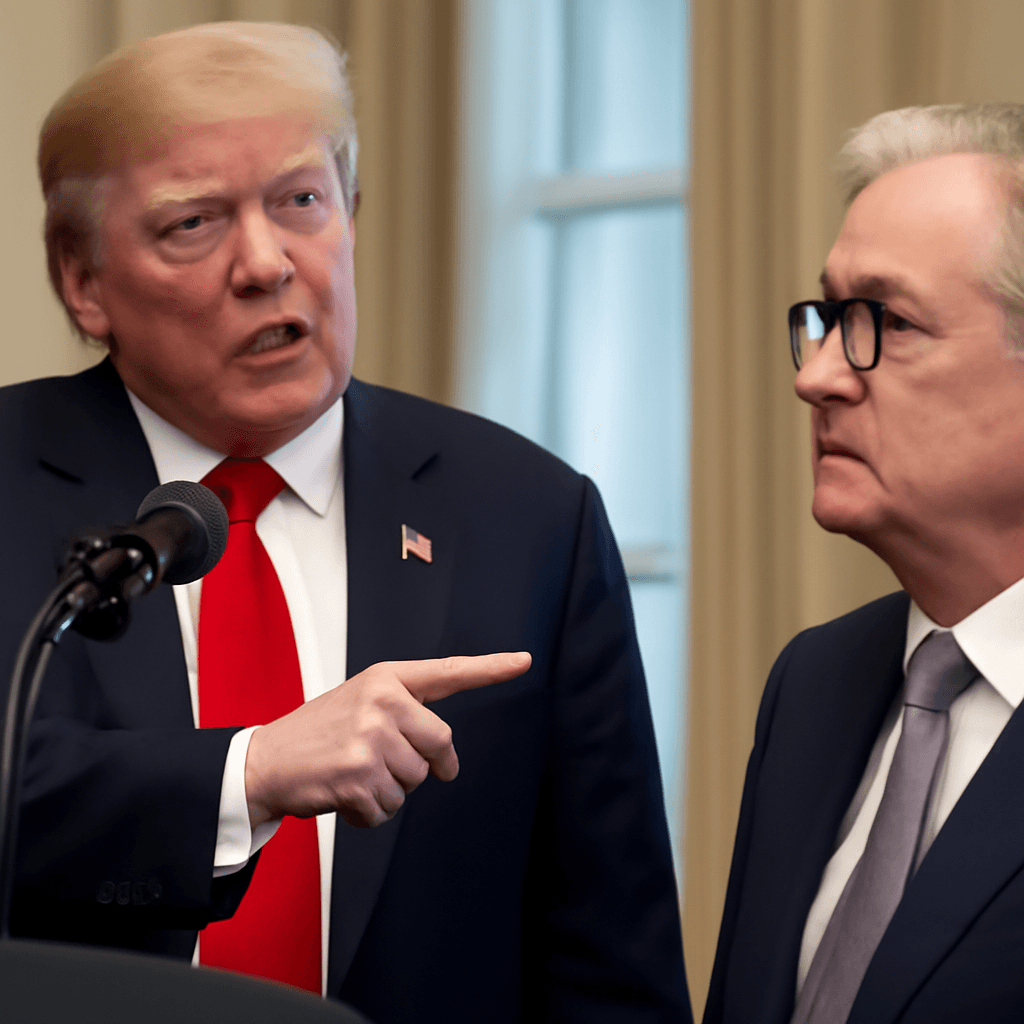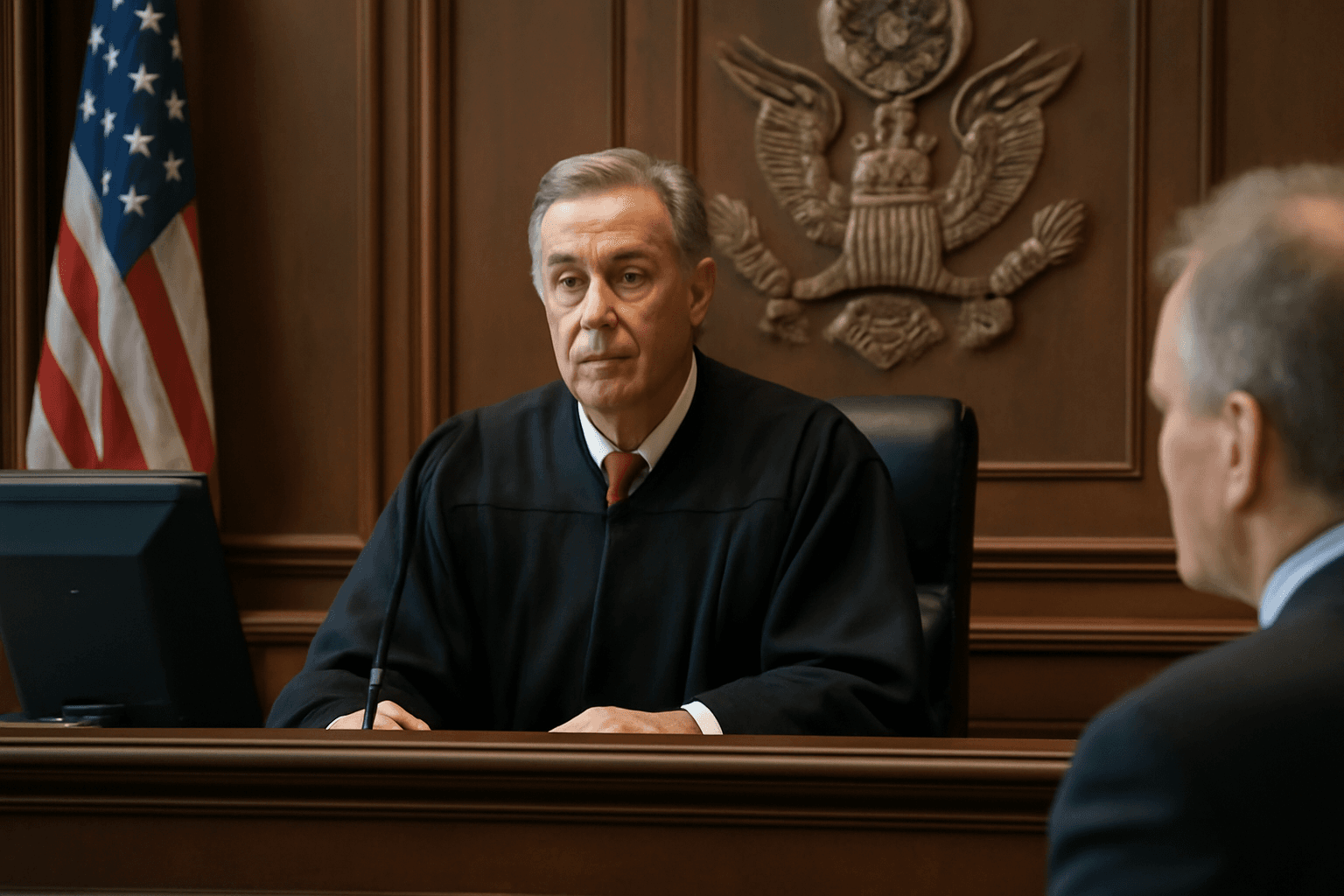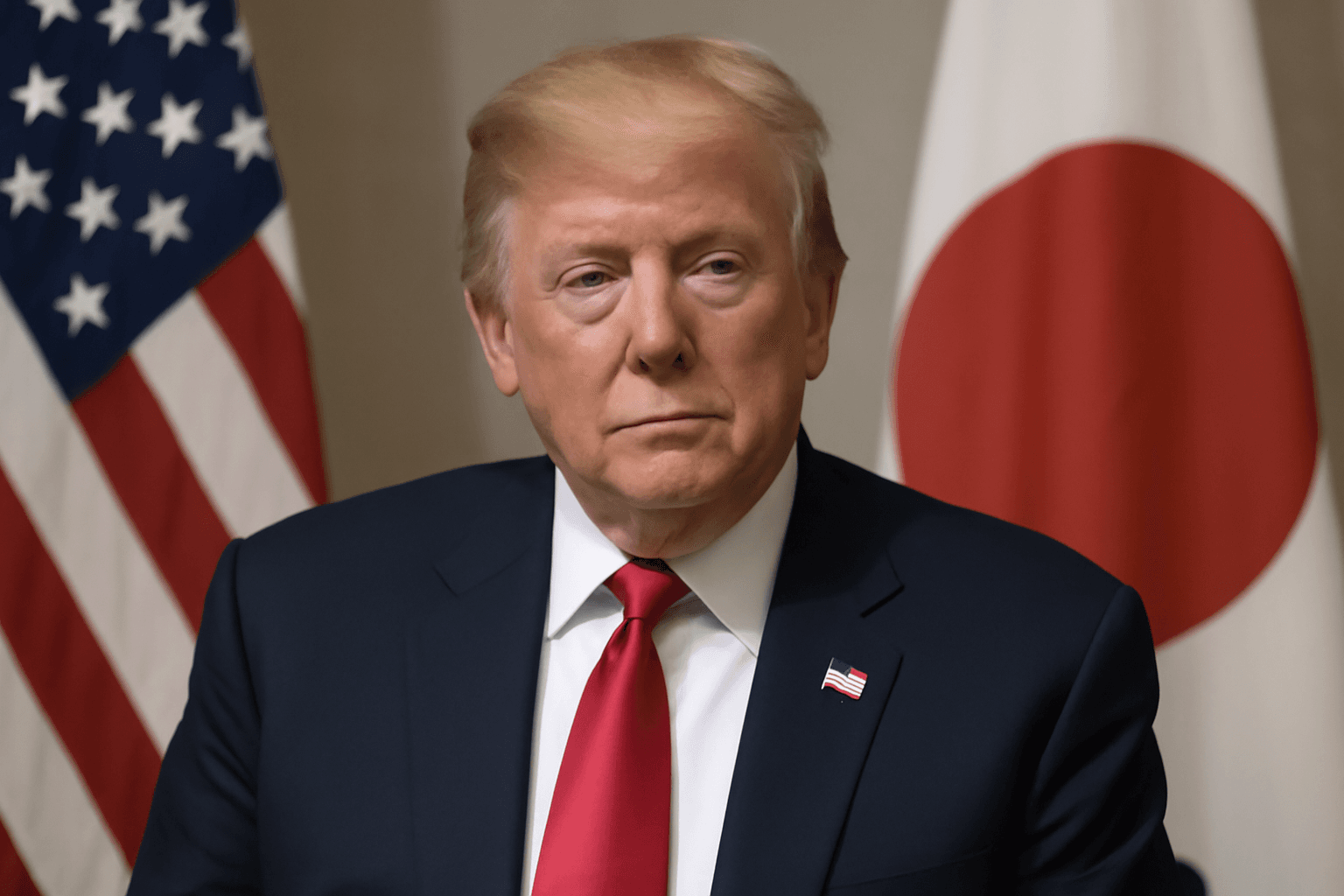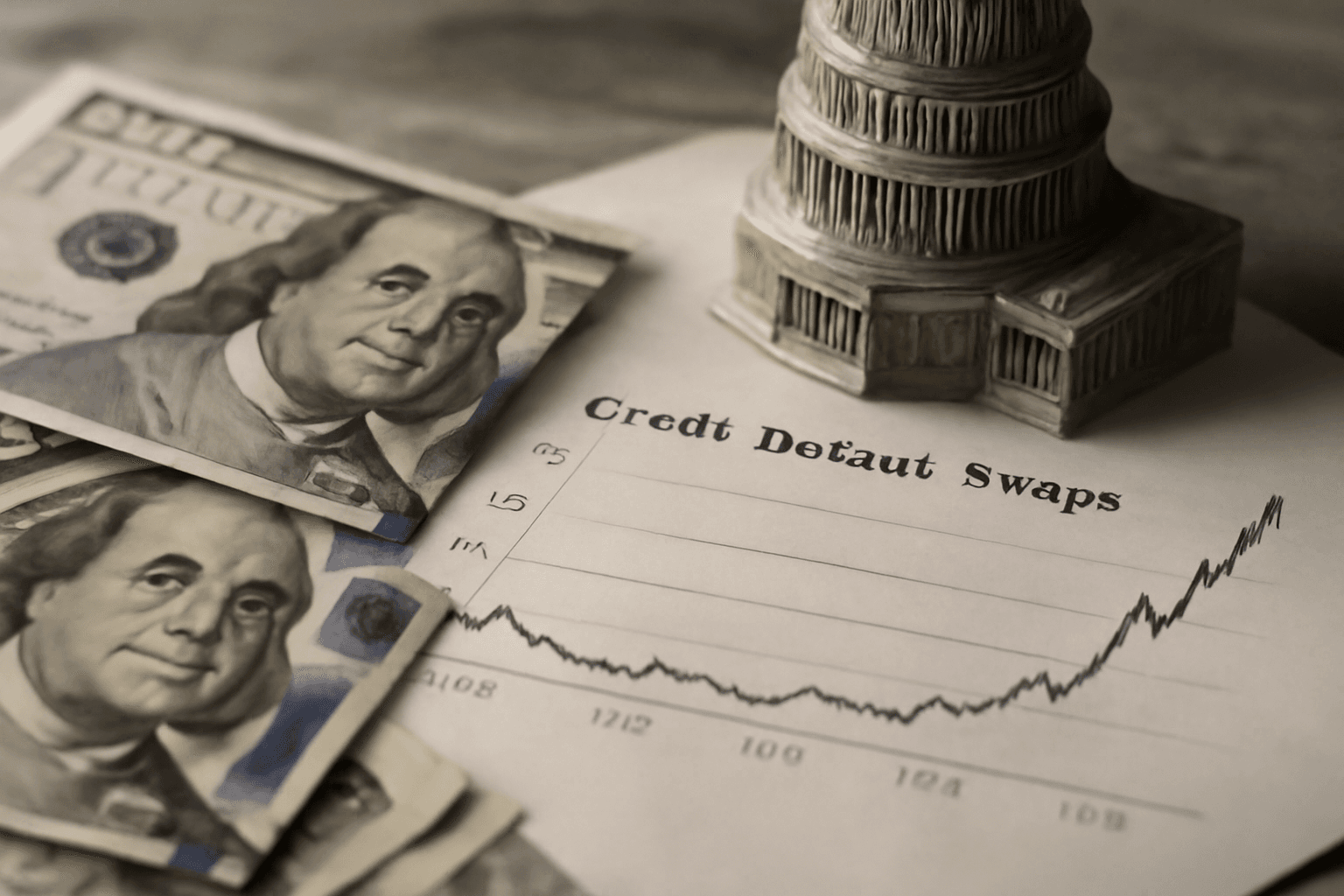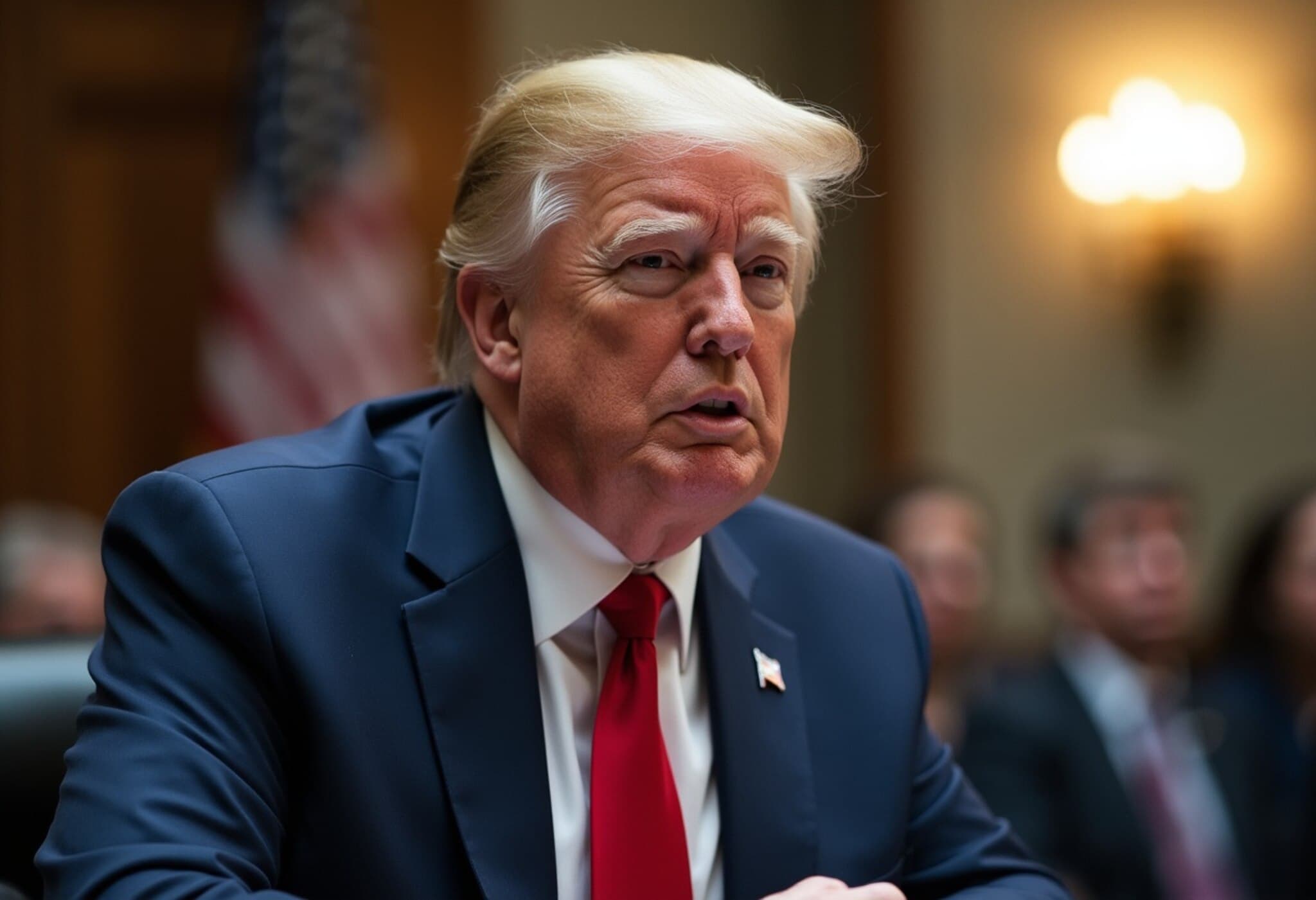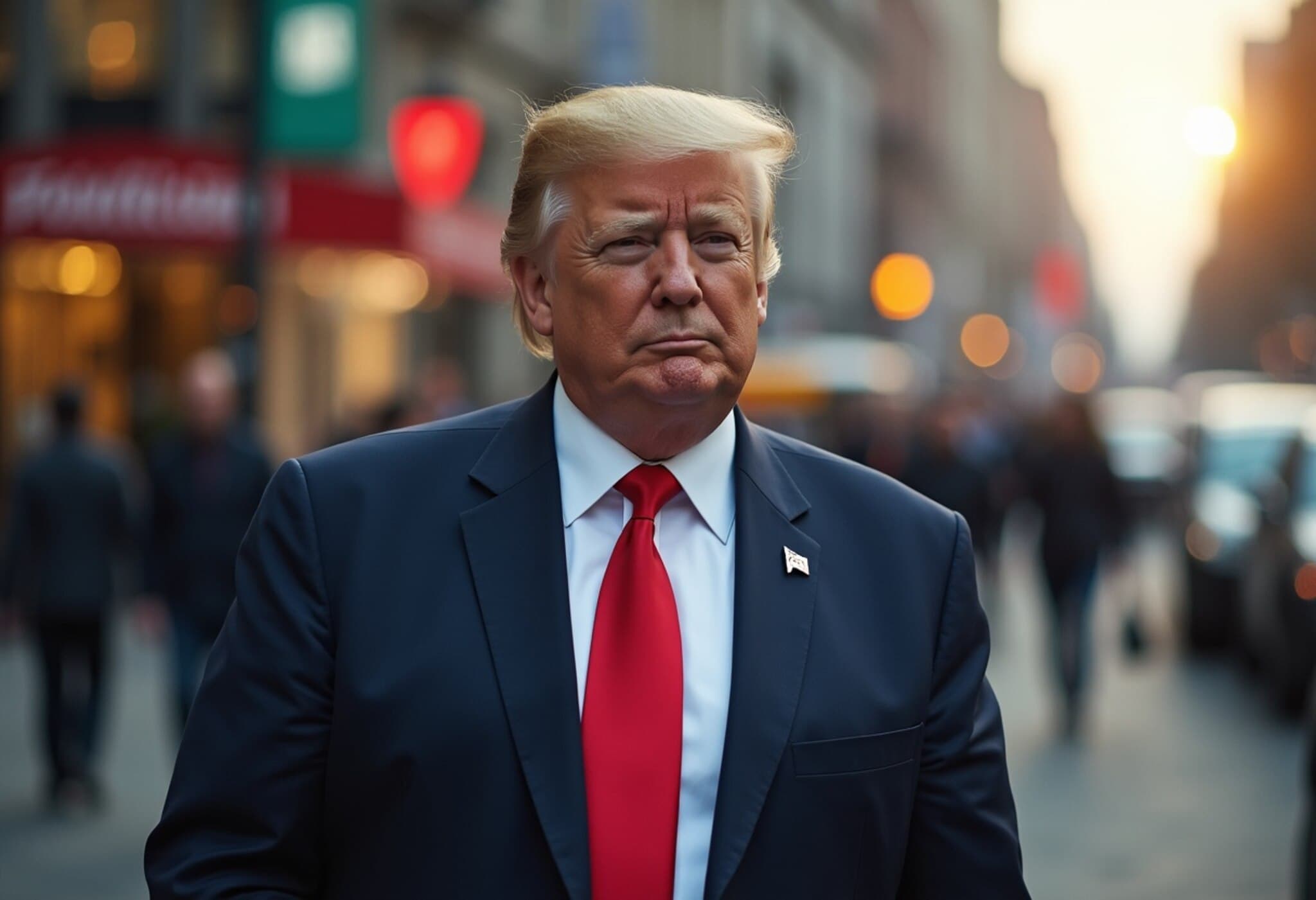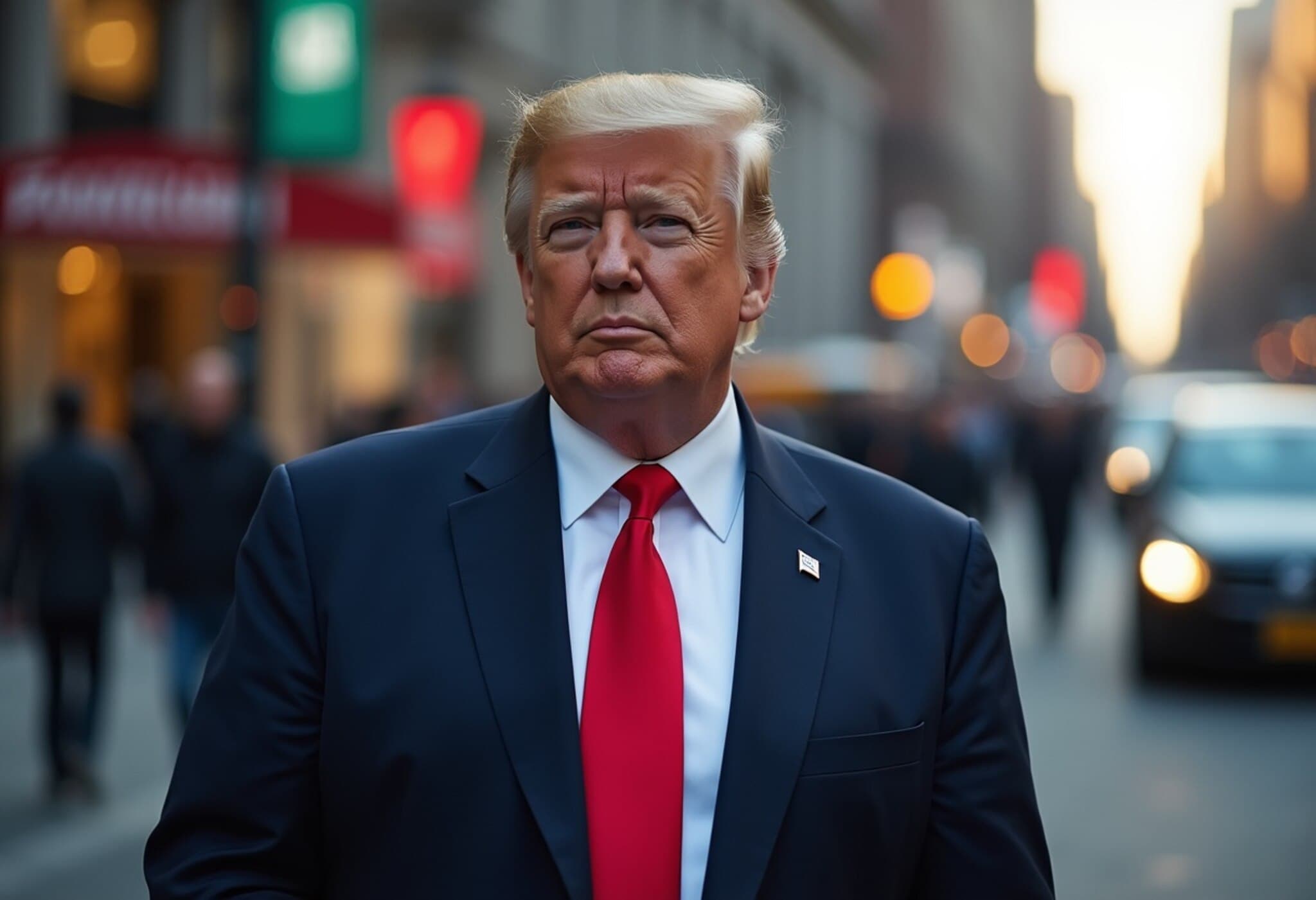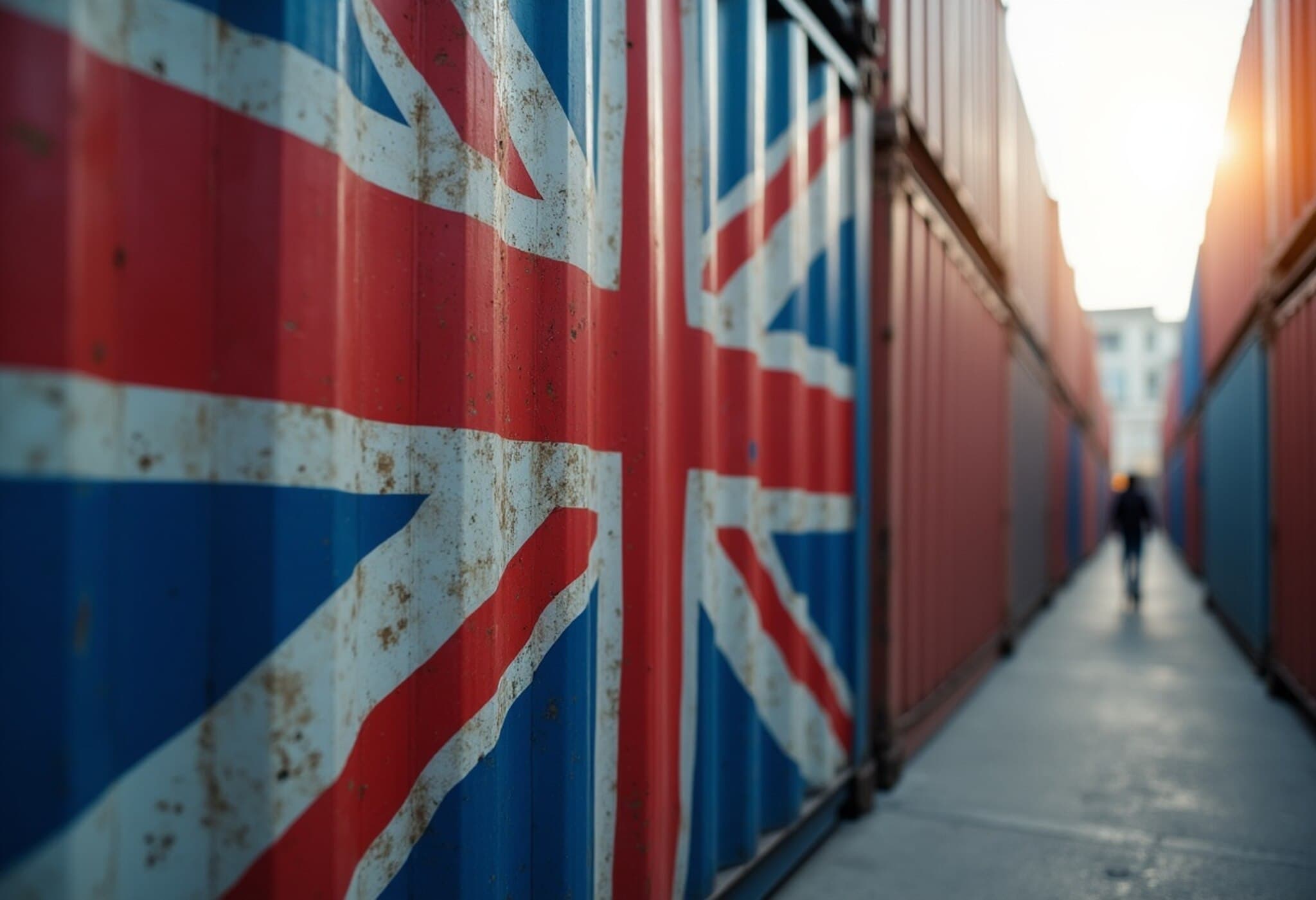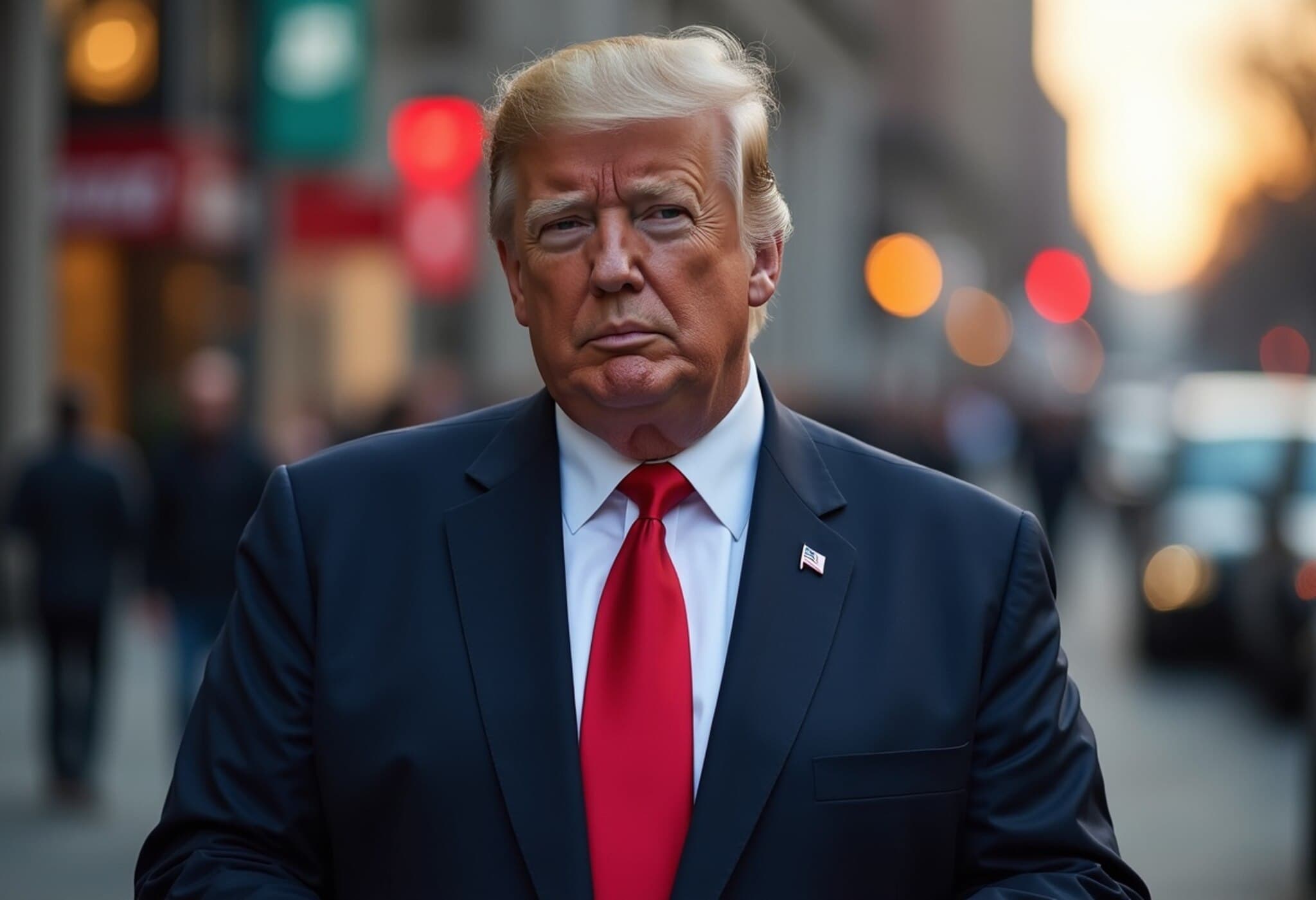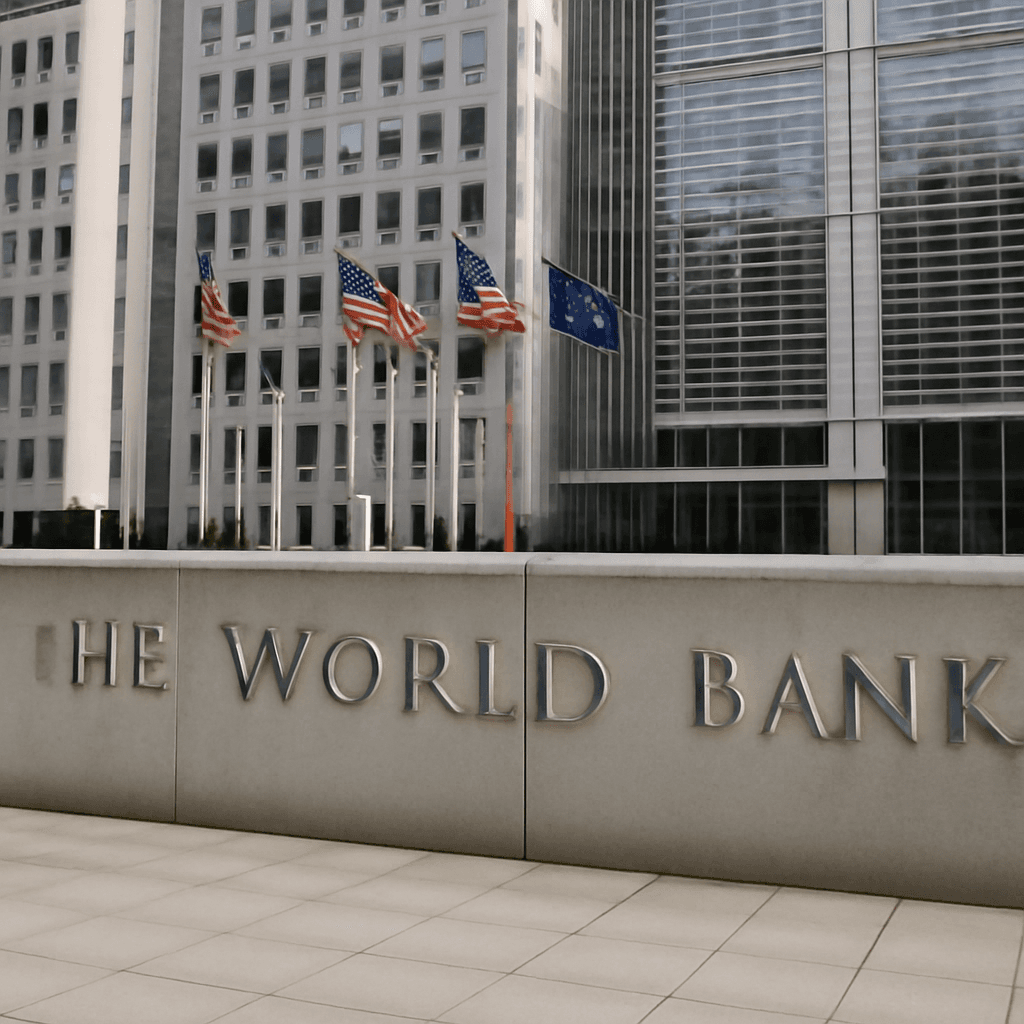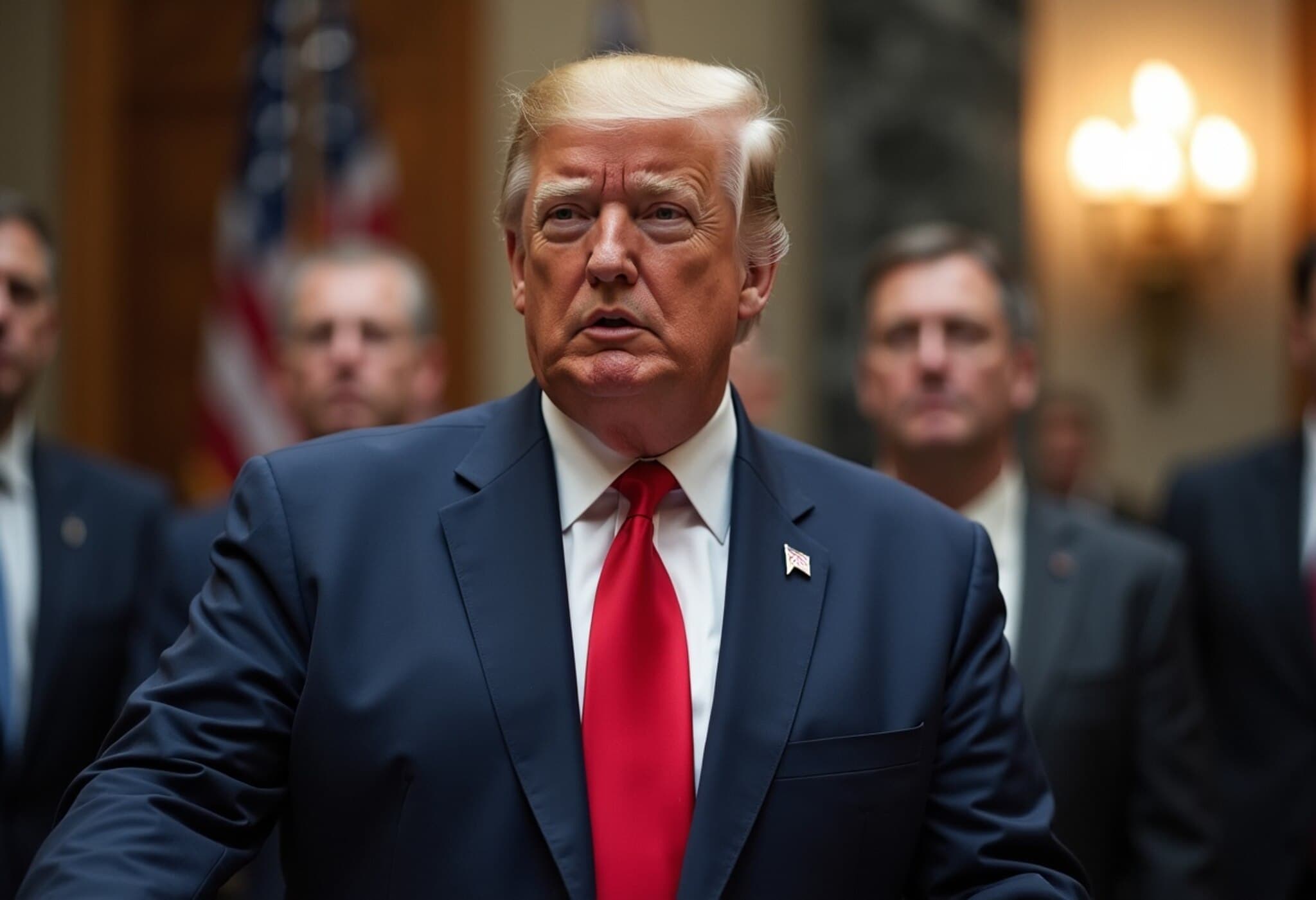Trump’s Economic Overhaul: A Double-Edged Sword Six Months In
More than half a year into President Donald Trump’s 2025 term, his sweeping economic reforms—centered around tariffs, tax restructuring, and spending initiatives—have undeniably transformed the U.S. economic landscape. From trade to manufacturing, energy, and taxation, the administration’s imprint is profound. Yet, the latest economic data raise important questions about the sustainability and political ramifications of this transformation.
Unpacking the Numbers: Signs of Strain Beneath the Surface
Despite President Trump’s repeated assurances of ushering in a new “economic golden age,” recent indicators tell a more nuanced story. Job creation has notably slowed, inflationary pressures waver upward, and GDP growth has decelerated compared to the previous year.
- Manufacturing contractions: Since the introduction of tariffs in April, sectors critical to America’s industrial base have shed approximately 37,000 manufacturing jobs, challenging claims of a revitalized factory sector.
- Hiring slowdown: Net monthly job gains have dipped considerably, with July, June, and May outcomes falling well below last year’s average of 168,000 monthly hires.
- Inflation uptick: The personal consumption expenditures (PCE) price index rose to 2.6% over the past year, reflecting increased prices for imported consumer goods, including household appliances and toys.
- Sluggish GDP growth: The nation’s economy expanded at only 1.3% annualized in H1 2025, a stark decline from the 2.8% growth rate recorded last year.
These figures suggest the economy is in a tentative phase—a “meh” economy, as Guy Berger from the Burning Glass Institute aptly puts it—disappointing those waiting for the promised surge in middle-class prosperity.
The High-Stakes Gamble of Tariffs and Tax Changes
Trump’s resolute use of tariffs as an economic leverage tool underscores a significant political and financial gamble. The administration has structured new trade agreements allowing the U.S. to impose higher tariffs on certain nations, including the EU, Japan, and other key trading partners, without reciprocal measures. While administratively bold, the real impact of these import taxes ultimately rests on American consumers confronted with higher prices.
Political analyst Alex Conant from Firehouse Strategies highlights the timing sensitivity: “The tariff-induced inflationary pressures will likely intensify by 2026, coinciding with a crucial midterm election cycle. This risk underscores the tenuous balance the administration must sustain.”
Public Sentiment and Political Implications
Public approval of Trump’s economic handling has decreased, with just 38% endorsing his strategy, down from nearly 50% at the end of his previous term. The White House, however, maintains an optimistic outlook, emphasizing the foundation laid by deregulation and tax cuts and projecting future growth.
Republican strategists caution that managing public perception is critical to sustaining political momentum, especially with increasing economic challenges manifesting alongside Trump’s assertive rhetoric and social media presence.
Fed Tensions and Inflation Risks
Further complicating this economic mosaic is President Trump’s vocal criticism of Federal Reserve Chair Jerome Powell and the central bank’s cautious interest rate stance. Advocating for lower rates to stimulate affordability in housing and business, Trump’s position pushes against the Fed’s inflation containment efforts, presenting a potential policy conflict with significant economic repercussions.
Ignoring Early Warnings From Experts
Notably, former President Joe Biden had presciently warned against the broad application of tariffs, highlighting that the costs would predominantly fall on American consumers and workers—not foreign exporters. This salient caution reflects a fundamental economic principle often obscured in political trade rhetoric.
Looking Ahead: Navigating Uncertainty in Trump’s Economy
The data paints a complex picture: a White House determined to claim credit for any positive economic movement while confronting emerging headwinds that challenge the narrative of robust growth. With midterms looming and global economic conditions volatile, the administration’s next steps on tariffs, fiscal policies, and relations with the Federal Reserve will be critical.
Key Questions Moving Forward
- Can Trump’s administration mitigate the inflationary impact of tariffs while sustaining job growth and manufacturing revival?
- Will political pressures ahead of the 2026 midterms influence economic policy decisions that prioritize short-term gains over long-term stability?
- How might Federal Reserve policy evolve in response to competing demands for growth stimulation and inflation control?
Editor’s Note
The first six months of the Trump administration reveal the formidable challenge of reshaping a complex economy through aggressive policy maneuvers. While ambition is clear, the real-world impacts—slowing job gains, rising prices, and moderated GDP growth—underscore the unpredictability of trade wars and regulatory shifts. Citizens, policymakers, and investors alike should approach this economic moment with cautious eyes and a critical mind, acknowledging that the promise of prosperity comes with inherent risks and trade-offs yet unresolved.

